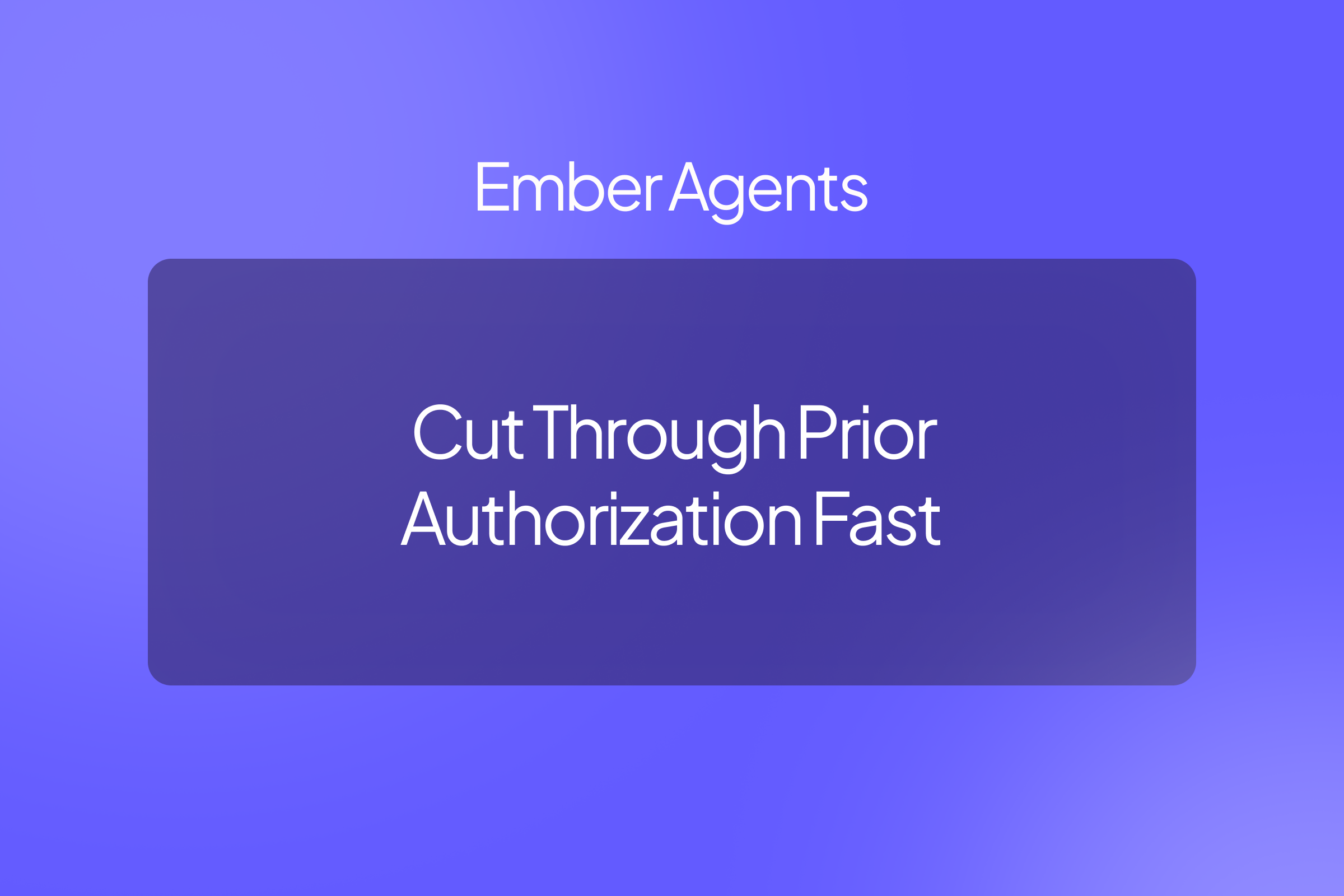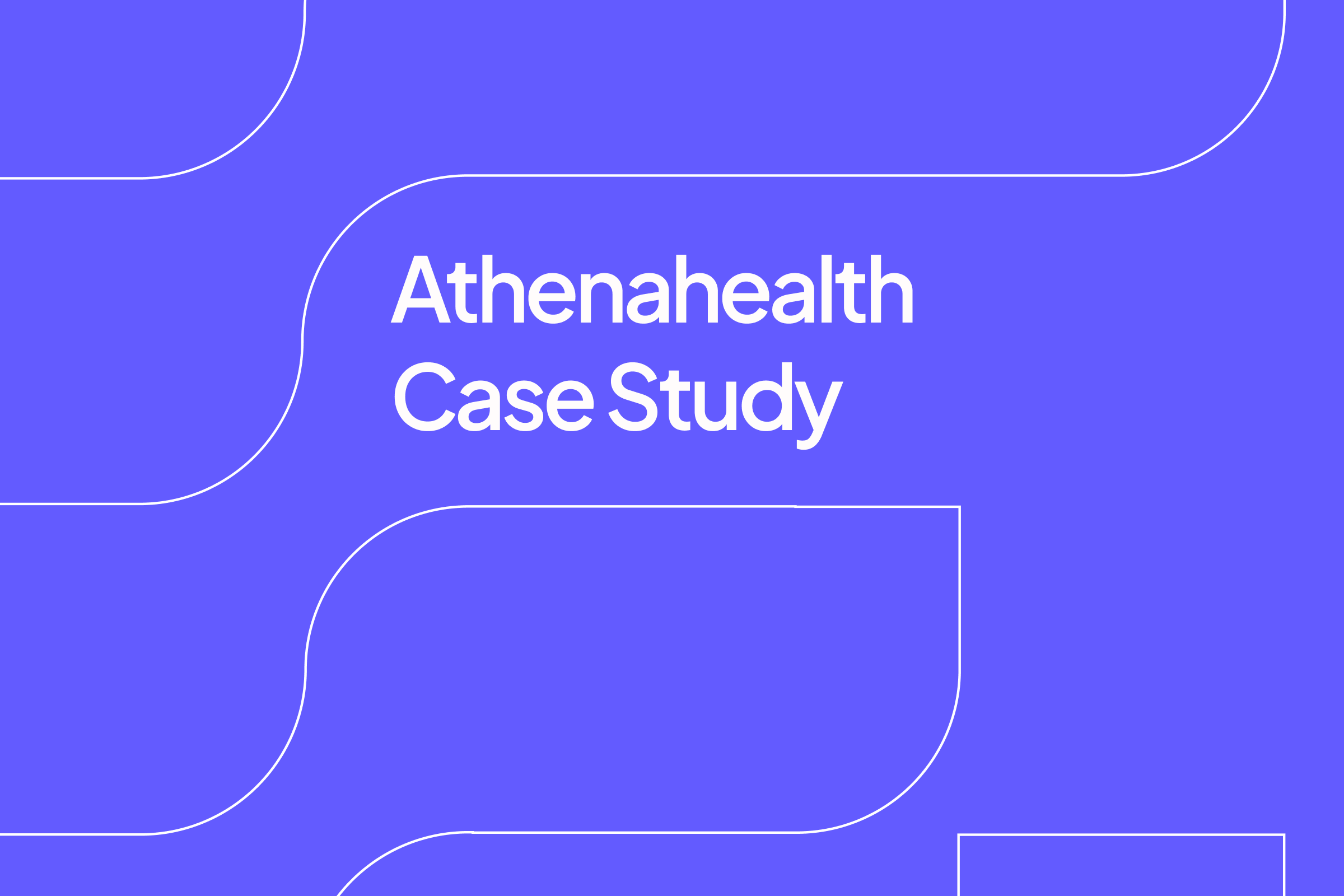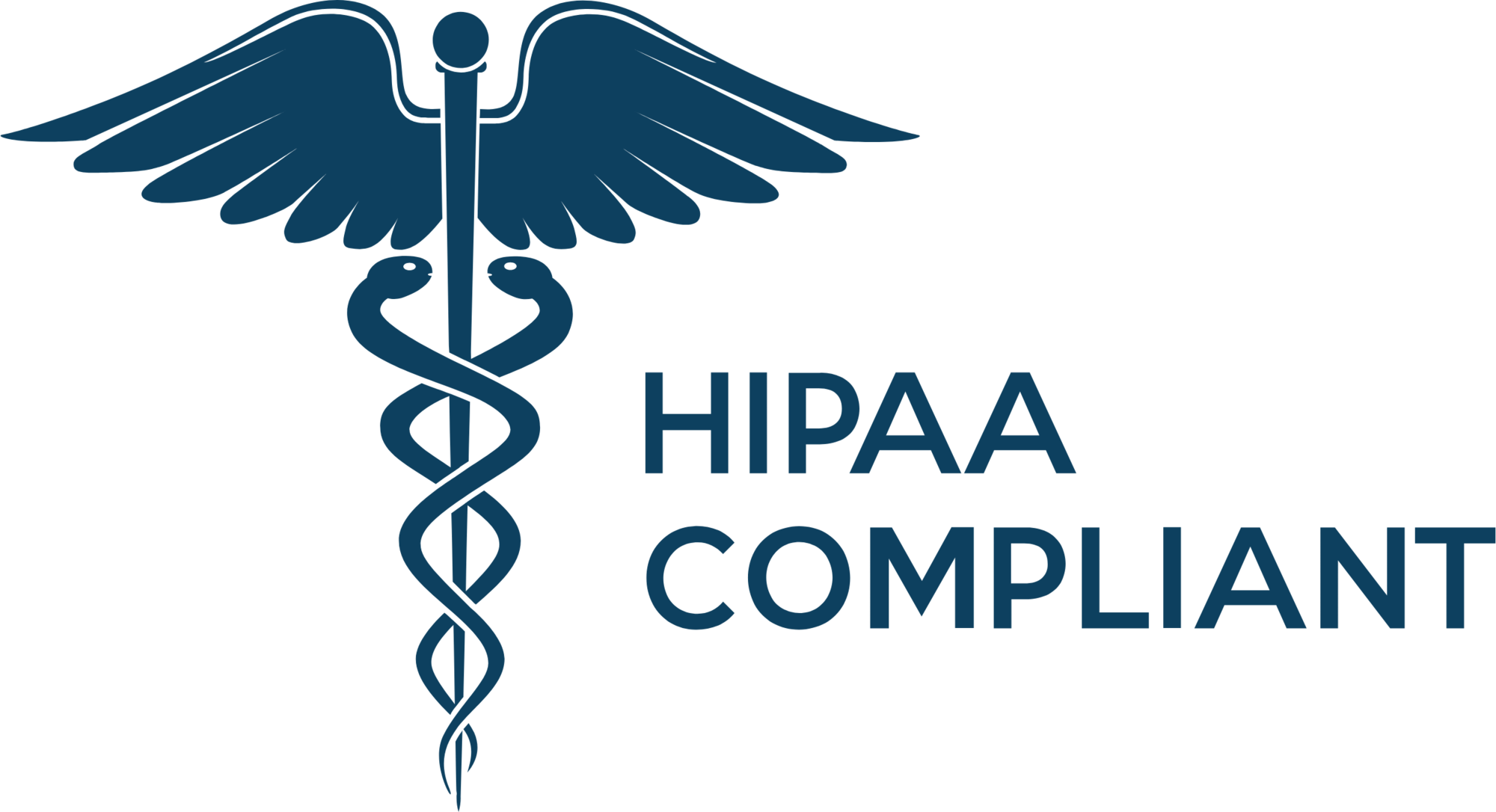
Navigating Dental Claims Automation: Why the Playbook Differs from Medical—and How Ember Makes It Work
Introduction
In healthcare RCM, one size does not fit all. While medical claims workflows have enjoyed years of incremental automation, dental organizations still wrestle with exhaustive documentation rules and fast‑evolving AI review practices. After hundreds of conversations—including our latest deep‑dive with a multi‑state DSO—one thing is clear:
Dental claims require a purpose‑built approach.
In this post we’ll unpack the nuances that separate dental from medical, share actionable tips, and show how Ember turns these hurdles into opportunities.
1. Dental vs. Medical—Straight From the Front Line
Why it matters
- Higher touch per claim: Submitting perfect documentation upfront isn’t optional.
- DSO burden: 50 + Delta Dental affiliates, and dozens of other major carriers, keep shifting documentation policies, forcing DSOs into constant catch-up.
- Technology debt: Most dental RCM stacks still rely on manual uploads and FTP folders.
2. Strategic Insights for Dental Leaders
- Lead with your top ten payers. If they’re a tiny long tail, not really worth the effort.
- Cross‑check policy vs. behavior. “Just because a payer puts something on their website … doesn’t mean that they’re actually adjudicating that way.”
- Treat eligibility as multichannel from day one. Blend EDI, RPA, and offshore so exams aren’t rescheduled at check‑in.
- Embed “assisted intelligence” inside the EHR.
- Appeal only what’s collectible. “Determine like—is this something that really should be appealed or should it just be adjusted?”
3. How Ember Turns Complexity into Competitive Edge
4. Key Takeaways
- Dental RCM isn’t just “smaller medical”—it’s structurally different.
- Documentation and AI X‑ray review dominate approval decisions; narratives alone won’t cut it.
- With the right tooling, appeals automation is possible—and profitable—in dental.
- Ember combines dental‑native data orchestration with proven medical RCM playbooks to deliver revenue lift in months, not years.
Ready to modernize your dental claims process?
Schedule a discovery call and see how we can help your organization capture every dollar it earns—faster.
Lynn Hsing is a recognized leader in healthcare marketing. Having worked closely with health systems and providers, Lynn brings a nuanced understanding of the challenges they face — from administrative burden and claim denials to reimbursement delays and staff shortages. This firsthand insight has shaped Lynn’s ability to translate complex AI solutions into meaningful value for healthcare organizations.








